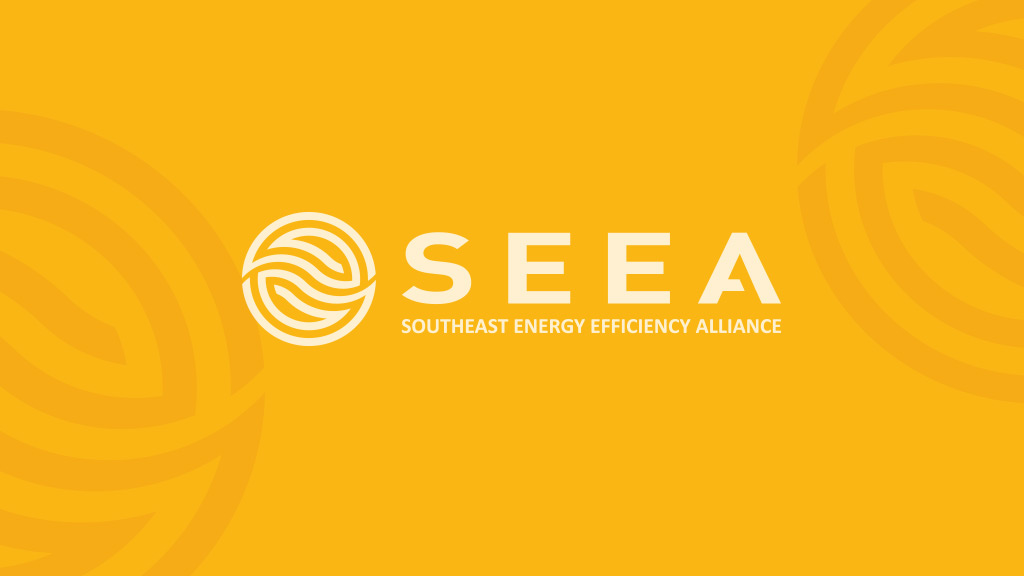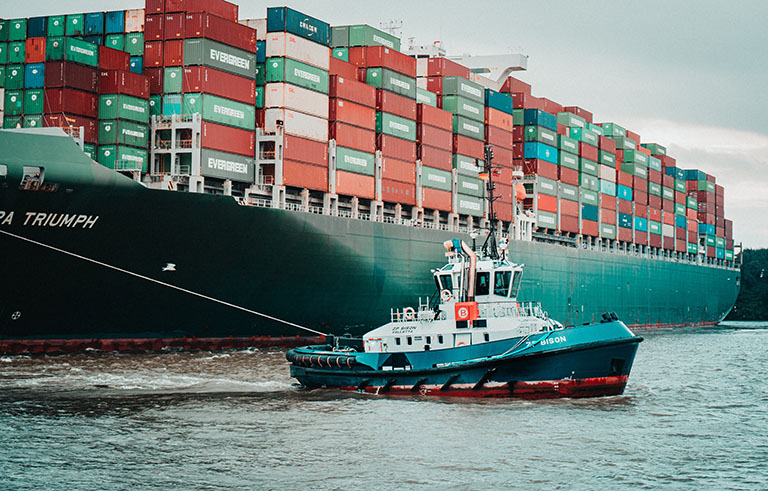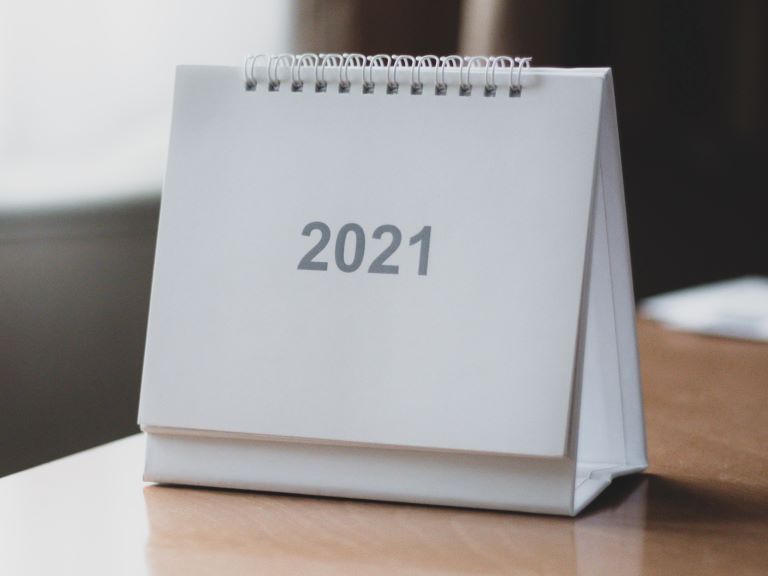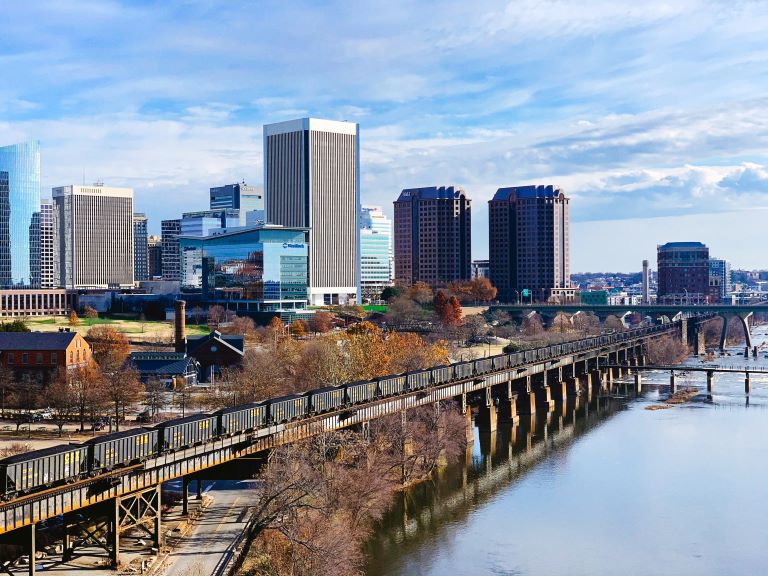Southeast Energy Efficiency Alliance Announces Inaugural Summit Awards

ATLANTA, GA – The Southeast Energy Efficiency Alliance (SEEA) today announced the inaugural Summit Awards – The Peak Award for Excellence in Leadership, the Luminary Award for Pursuing Energy Equity […]
How to navigate growing pains in the rapidly evolving electric vehicle value chain
The COVID-19 pandemic has exposed far-reaching supply chain vulnerabilities on items ranging from food and medical supplies to semiconductor chips. The automotive industry, in particular, has weathered severe production impacts due to the chip shortage. On the growth side, billions of dollars of investment is expected along the electric vehicle (EV) supply chain from automotive manufacturers, battery manufacturers, battery recycling facilities, and other stakeholders, including major investments in the Southeastern United States (U.S.). These investments are expected to create thousands of jobs and generate billions in economic value.
Our top blog posts of 2021
In 2021, the covid-19 pandemic continued to influence our desire to improve the safety and efficiency of our indoor spaces and we saw an increased public and private investment in energy-efficient technology, manufacturing, and policy solutions. SEEA welcomed a new president and we expanded and deepened our commitment to equity within our industry. In that notable year, these are the blog posts that you read, shared, and liked the most. […]
Southeast Energy Efficiency Alliance Announces New Board Members and Staff Updates




ATLANTA, GA – The Southeast Energy Efficiency Alliance (SEEA) today announced five new members of its Board of Directors, four new members of its Advisory Committee, and several staff updates. […]
The Infrastructure Investment and Jobs Act will transform the Southeast
On Friday, November 5, the U.S. House of Representatives passed the Infrastructure Investment and Jobs Act. The bill passed the Senate in a bipartisan vote in August and President Biden is expected to sign the bill on Monday, November 15. The $1.2 trillion package is a historic investment in infrastructure that advances energy efficiency, resiliency, and electric transportation. Combined with the President’s Build Back Framework, it will average 1.5 million additional jobs every year for the next 10 years. […]
How American Efficient is realizing a more diverse energy industry
Over the last year, a team at American Efficient developed a Diversity, Equity, and Inclusion (DEI) action plan to put some of our company’s values into practice. As a group of mostly white people in a mostly white company—and industry—we regard this as a privilege, in all senses of the word.
2021 Election Highlights
Policymakers shape energy efficiency in many ways. The Biden administration’s prioritization of climate policy has created a lot of buzz around clean energy, electric vehicles, and workforce development. But there are several, less visible parts of the puzzle required to implement these initiatives including regulatory bodies like state energy offices and regulatory commissions, clean energy laws, and elected officials at the state and local level.
How heat islands worsen energy inefficiency and inequality in our cities
Just after 6 p.m. on Saturday evening in August, policy manager, Claudette Ayanaba and I met at the Outdoor Activity Center in southwest Atlanta to volunteer with the Atlanta Heat Watch Campaign, led by Spelman College professors, Dr. Guanyu Huang and Dr. Na’Taki Osborne Jelks.
Southeast Energy Efficiency Alliance Receives Department of Energy Award to Ready the Advanced Energy Workforce in the Southeast




ATLANTA, GA – The Southeast Energy Efficiency Alliance (SEEA) announced a three-year $500,000 cooperative agreement with the U.S. Department of Energy (DOE) to fund the development and delivery of workforce […]
COVID-19 Resources: Delivering customer support in a new world
In the eighteen months since we first learned about COVID-19, we have realized that our lives would not be returning to normal as quickly as we had hoped, and there could be some new aspects of daily life that remain long after the coronavirus subsides. […]








